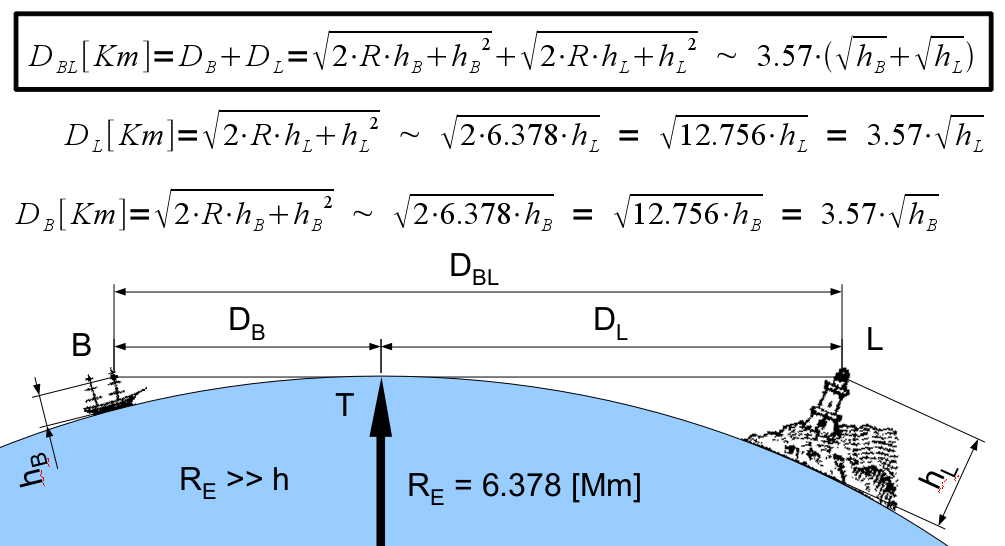I always thought skepticism was at the very heart of science. “Trust what you have been told” is not a very satisfying argument. On a walk in the woods I am now making up, I met an ornery character outside a rustic cabin scrutinizing a ruler he was holding to the ground. “Hello, what are you up to?” I asked. “Hello. A strange old man passed through here and told me that the world is round, like an orange. I am trying to gather evidence to find out if it is true. It appears to me that my ruler approximately lines up with the ground.” “Oh! Well, the world is round, but you can’t tell by looking at a ruler. The ground is too uneven to demonstrate the curvature of the earth at that scale.” “I thought of that, so I checked the water in the pond and it is flat as a pancake. Like they taught me in school, water seeks its own level.” “Yes, but the curvature is very subtle. If you extend your ruler a very long way, and take very careful measurements, you might eventually notice a change of as much as a quarter of a millimeter. And if you go a very very long way, the change in water depth would be enough to drown a rat, or even submerge a city!” “A quarter of a millimeter? My ruler is only marked to the millimeter. How would I know it’s not measurement error?” “That’s the thing! There is a model which predicts exactly how much change to expect. You can work it all out in your cabin without going outside.” My smartphone had a shaky signal but after a while I was able to show the hermit the formula. After a pause, he said “So I would have to measure out over a hundred meters to detect a deviation of one millimeter. I’m gonna need a bigger pond.” “Don’t worry, other people have taken very careful measurements.” I started a Google search but the connection was too slow. “Anyway, the model is complex, but you can trust it, even if it is hard to experimentally verify. If I dropped a stone in your pond, you know that the water level would rise, even if you couldn’t measure the change, right? Scientists agree that this is a good model.” “And how do you know that?” “We took a survey! An online survey, you’ve heard of SurveyMonkey, right? Anyway, we asked over ten thousand expert scientists what they thought.” “And what did you find?” “Well, we learned that scientists have very good spam filters. But we still got responses from over three thousand scientists. And no fewer than 82% of them agreed that the curvature of the earth is the most important contributing factor explaining change in water level! Or, wait, maybe it was simply ‘a significant contributing factor,’ meaning ‘not definitely irrelevant,’ but that’s just semantics. There was a lot of agreement!” “Eighty-two percent still leaves some room for doubt.” “Yeah, we thought so too. So we threw out all the experts who were only mediocre experts, and counted the ones who were expert experts. That group was 95% in agreement. That’s science!” “It still sounds like there was some dissent.” “Not really. There were only 79 expert experts with bad spam filters, and only two of them said that the earth is flat. They are obviously crazy, so we didn’t count them. And only two of the rest disagreed, so that’s 75 out of 77. Since 97.4% is greater than 95%, we go with that number, for science. Promoting the consensus view is more important than being accurate in every little detail, don’t you think?”I often wonder what logic (or lack thereof) is underpinning those who make a point to deny science.
